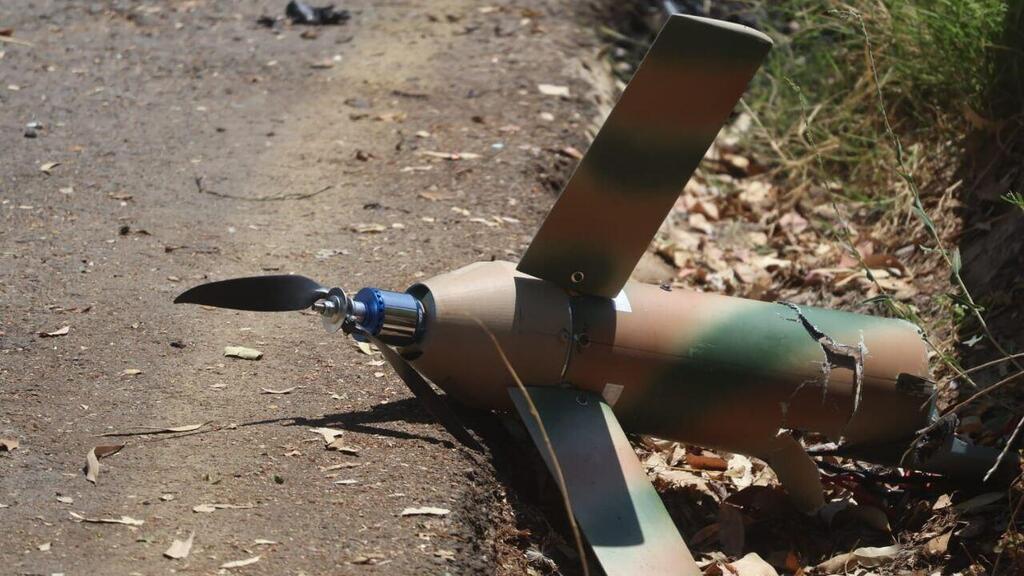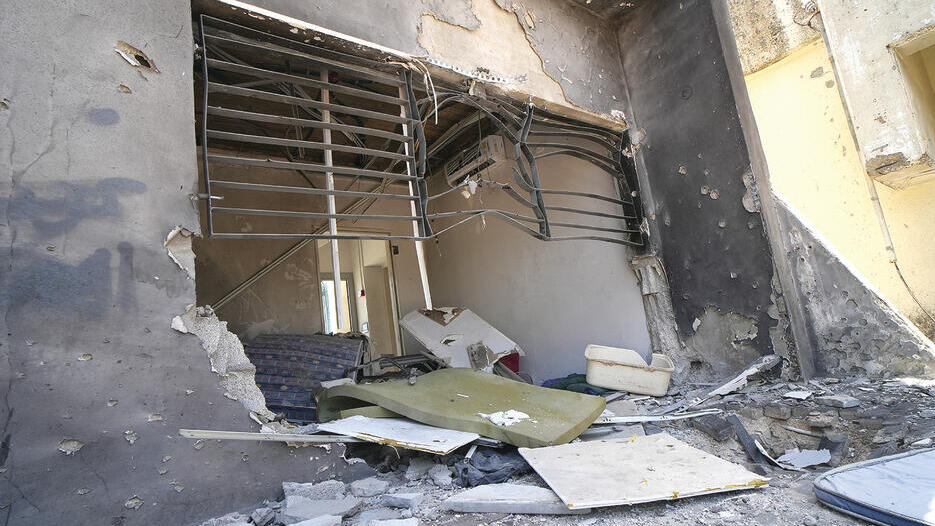Getting your Trinity Audio player ready...
Over 1,200 unmanned aerial vehicles (UAVs) loaded with explosives infiltrated northern Israel since the start of Hezbollah's attack in recent months and security officials are still struggling to provide a solution to this deadly threat, which often cannot even be detected as it crosses from Lebanon.
On Wednesday, three attack drones flew over the Golan Heights above Katzrin on Wednesday, evading the IDF’s attempts to intercept them. The incident concluded with one interception and two direct hits. One man was moderately wounded and others suffered from anxiety.
Katzrin and northern Golan Heights residents were instructed to stay close to safe rooms, avoid crowding and minimize non-essential travel on local roads. On Tuesday, 135 rockets were launched toward the area.
Many of these UAVs were not intercepted due to operational difficulties and the complexity of Israel's interception systems, according to data collected by Lobby 1701 organization representing 60,000 residents of northern Israel who were evacuated from their homes, based on military reports, Hezbollah’s statements and community alert systems.
As a result of these drone launches, which for now, according to Hezbollah's decision, have been directed only at Israeli military targets, eight IDF soldiers have been killed and dozens have been injured.
An analysis of the siren activity in Galilee communities since the outbreak of the war reveals that at least 395 alerts were triggered due to the drone infiltration warnings, requiring hundreds of thousands of residents to seek shelter.
A significant portion of these alarms turned out to be false and a result of the difficulty in accurately identifying the threats, often confusing them with birds that sometimes trigger the IDF's sensitive alert systems. Many UAVs, especially those used for intelligence gathering, managed to reach Haifa and even farther without being detected by the alert systems, and the Israeli Air Force (IAF) didn’t attempt to intercept them.
According to data on IDF Home Front Command alerts for populated civilian areas collected since the outbreak of the war in a project led by Dr. Yuval Harpaz, a data researcher at the Israeli startup company Inner Eye, May and June had the highest number of drone alert incidents in the north, with over 80 alerts each month.
From the start of July until Tuesday, a noticeable decrease in alerts was seen in the north, with almost 50% fewer alerts compared to the previous two months. "It's hard to understand whether the decline is due to improvements in the Home Front Command's tracking systems or a reduction in Hezbollah's capabilities," Harpaz said.
He further explained, "These are data based on the alerts and they can only show their patterns and trends." However, Ynet had learned that about 40 strike drones have infiltrated Israel from Lebanon since the beginning of the month and only half of them have been intercepted. Over 50 UAVs infiltrated Israel in July.
Due to the drones’ relatively low and slow flight, many civilians documented their flight almost unhindered. The IDF is trying every possible way to stop the UAVs with the development of experimental interception systems, signal jammers, Vulcan cannons and lessons learned from previous incidents.
"This has become our daily routine in the Galilee, day after day for over ten months; dozens of drones every day alongside rockets, alarms, panic and running to shelters. 1,200 UAVs have been launched at the Galilee, some that have killed and injured civilians and soldiers, burned fields, destroyed homes and made life in the Galilee unbearable,” Lobby 1701 said in a statement.
“One UAV explosion in Tel Aviv prompted a strike in Yemen. How many more UAVs will we have to endure in the Galilee before we see the Israeli government’s red line crossed?" it added.






